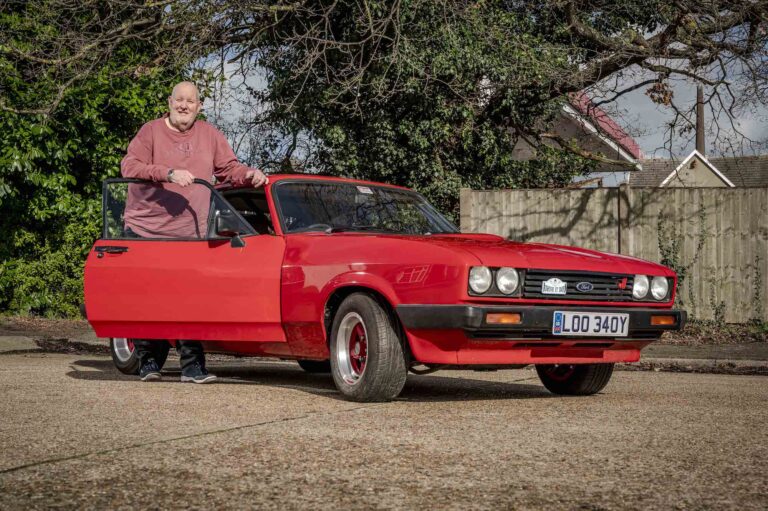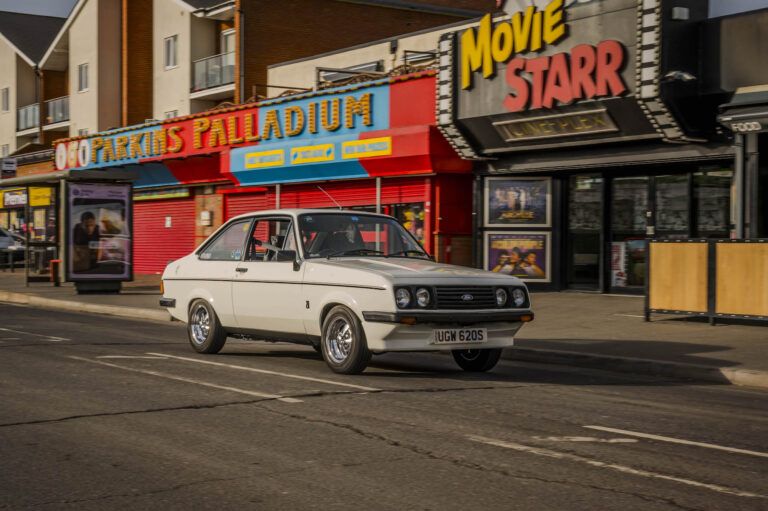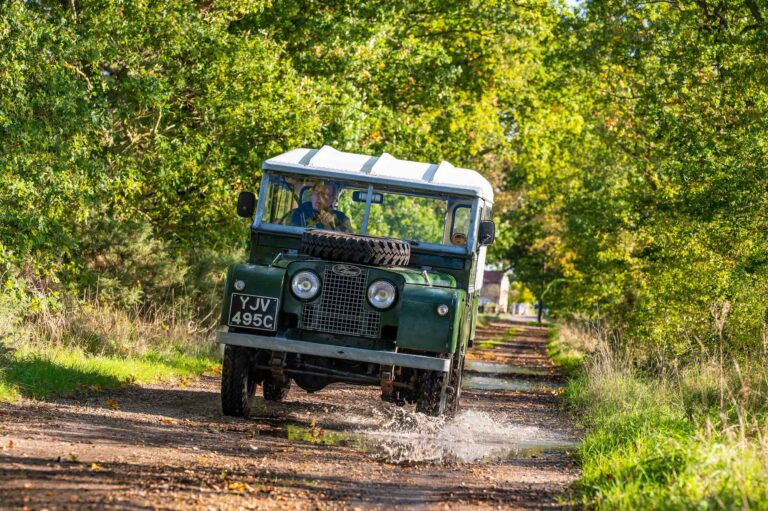It’s a murky January morning by the Thames, the low cloud seeming to envelop everything in a dull, damp cloak.
Everything, that is, but Peter Noton’s sugar apple green Citroën DS Safari, a car so bright it catches the eye of the local bobby, fortunately a classic car fan who stops by for a chat and not to ask us to move along.
The colour, a pearlescent American custom paint with added glitter, may horrify Citroën purists, but it certainly adds a little sparkle to the road alongside the silvers, greys and whites of modern cars.
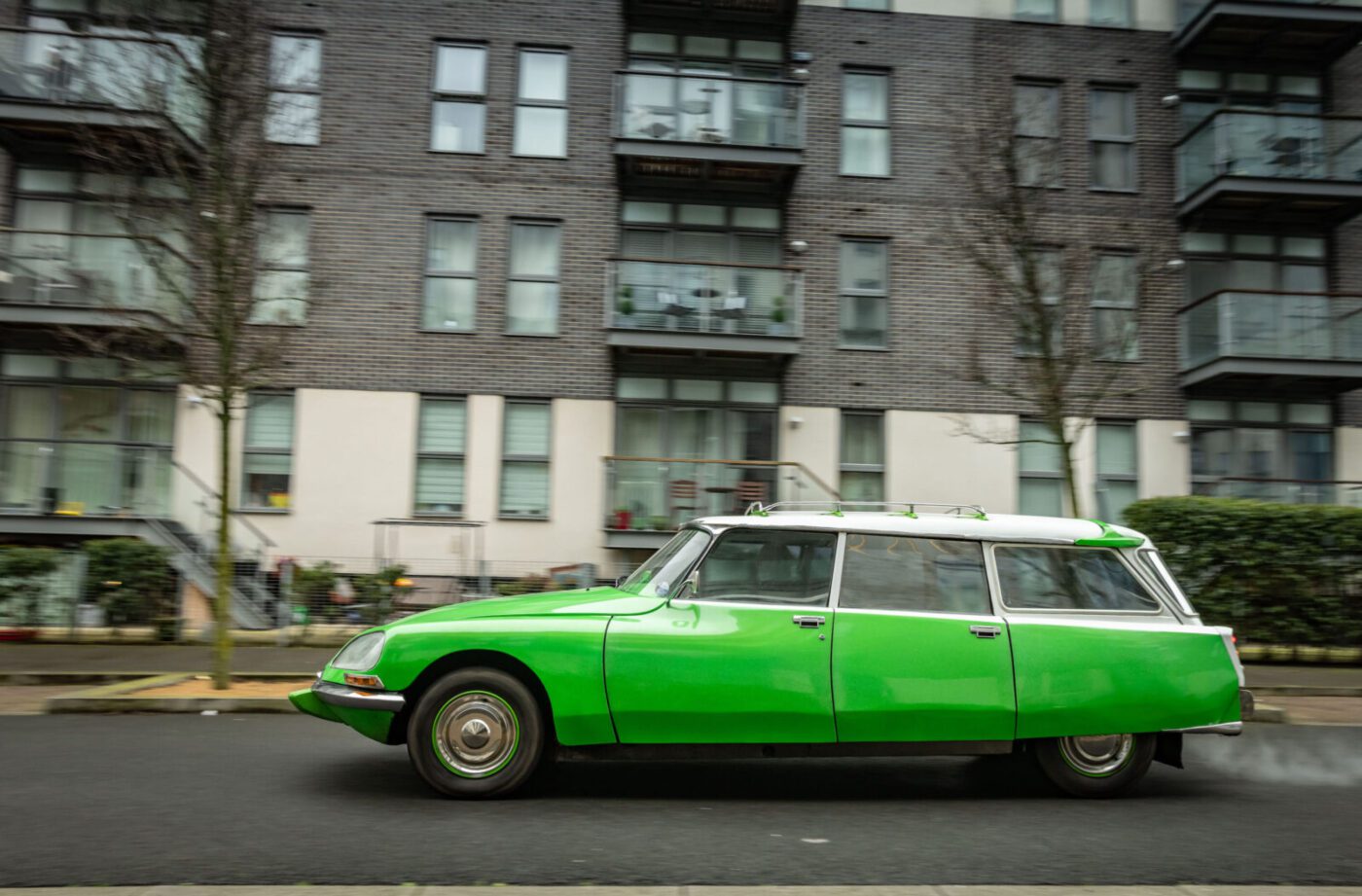
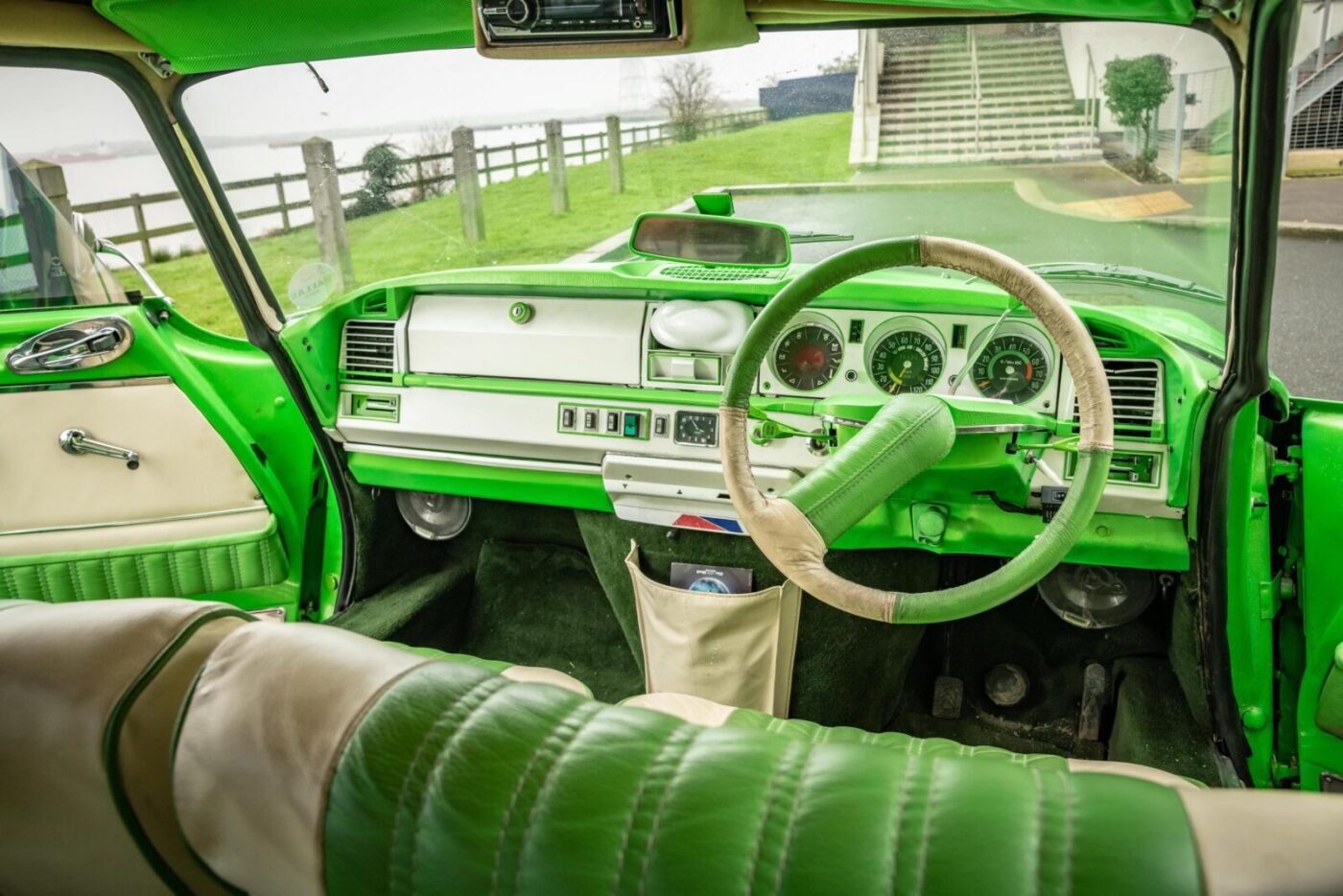
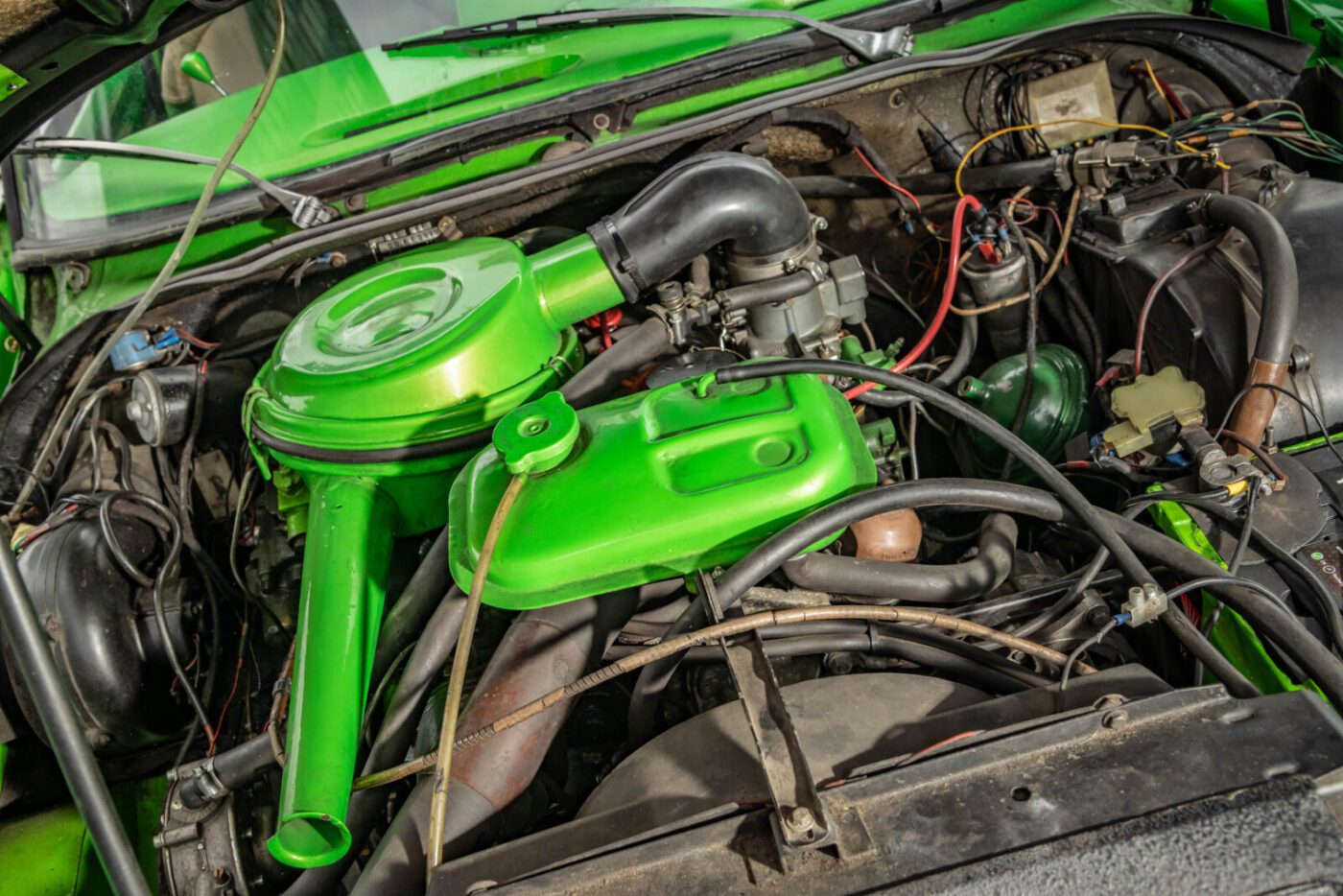
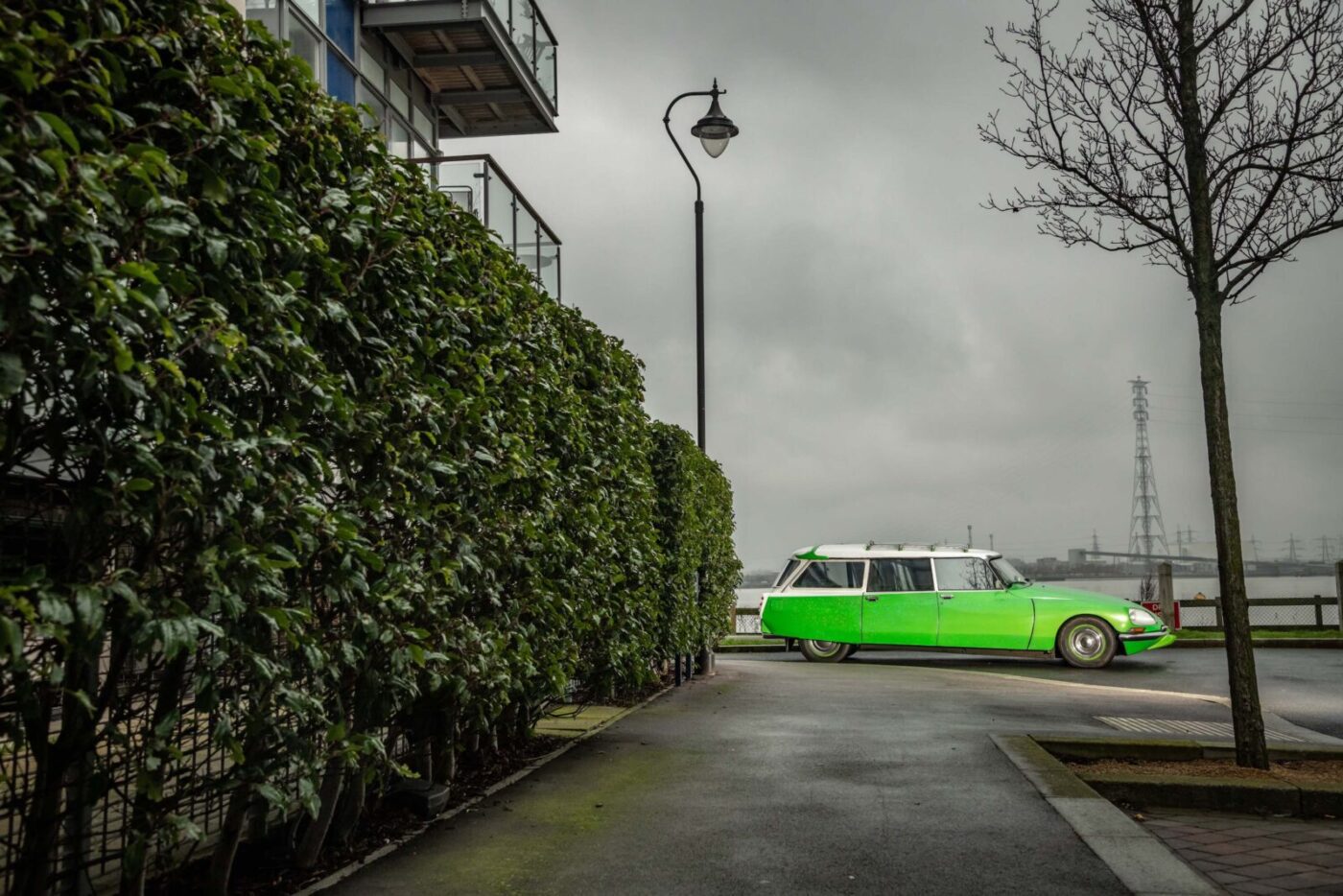
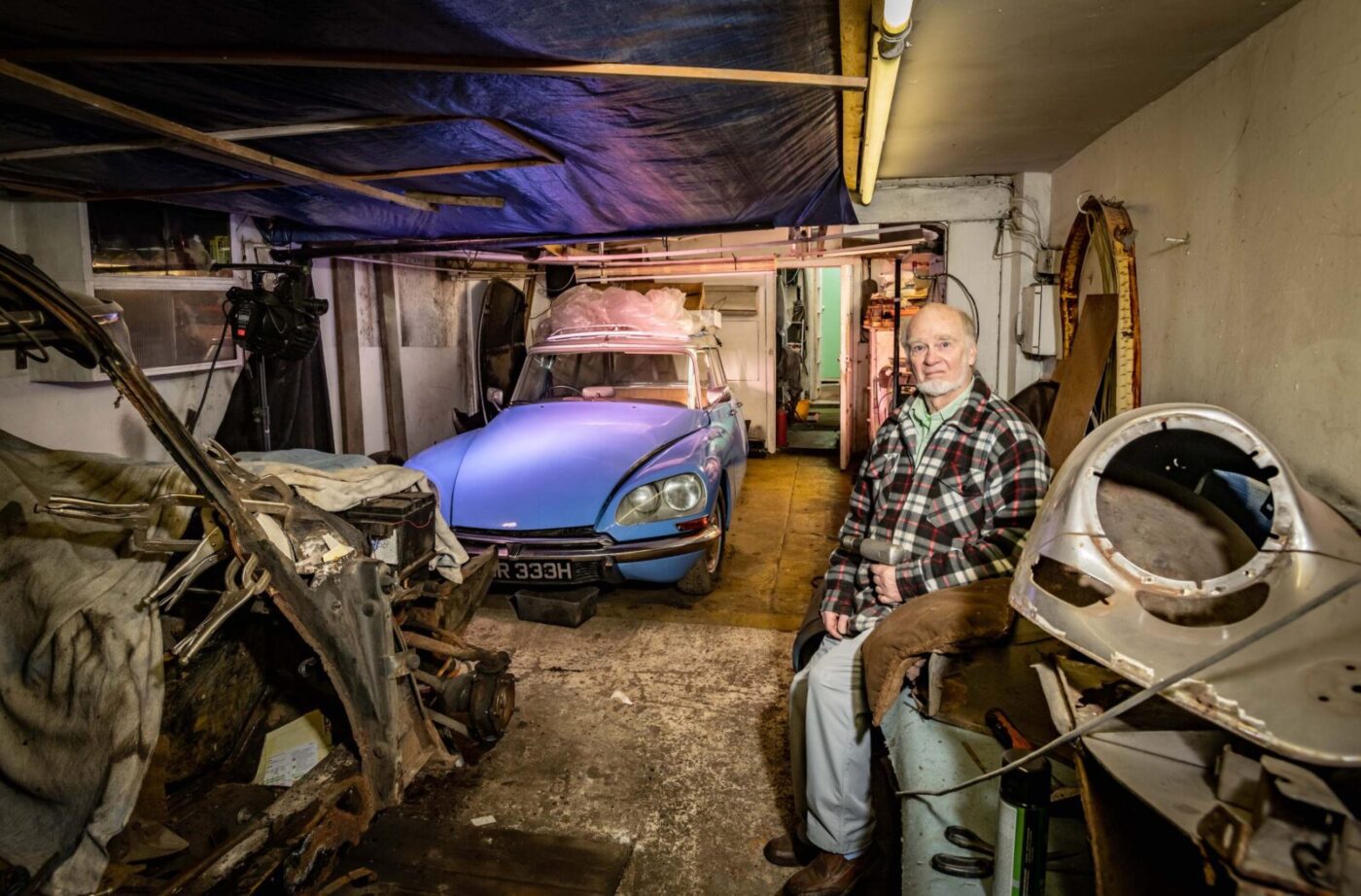
“It’s quite a talking point”
“It’s quite a talking point,” says Peter, who has dedicated the best part of 50 years to restoring these space-age French icons, and has owned this one since 1979.
“The reaction is quite amazing. If I pull in to get petrol or at supermarket car parks, people always stop me and talk about my car.
“Several times I’ve been to shows and it’s taken me two hours before I could get away from the car because of people wanting to talk about it. They are amazed to see the effect of the paint on the car.
“I’m not a traditionalist. A lot of Citroen colours and combinations are, I feel, not very nice.”
It wasn’t always this colour, of course, starting life in an original Citroën metallic brown.
Peter subsequently went through maroon with beige, blue, then grey, a silvery green, a custom dark green with metal flake and, finally, its current incarnation, spotted while Edd China chose to add a bit of zing to a ‘62 Cadillac in an episode of Wheeler Dealers.
READ MORE ABOUT SOME OF OUR GREATEST CLASSIC CARS WITH

A series of articles on our Cult Classics site.
Eventful life
In an eventful life, the 1972 DS23 has also been written off and rebuilt, been completely retrimmed in matching green and white, and is on its fourth engine, which has been converted to run on LPG.
Over the years it’s served time on family holidays, trips to music festivals, tours of France looking for parts, and remains Peter’s daily driver.
So why, of the many DSs he’s owned, has he held on to this one?
“When I bought it, it wasn’t a case of ‘I will keep it for a long time’, it just happened that way,” he says at his home south of the river, which features DS memorabilia throughout, including a few panels and parts in the kitchen.
“I kept it because, being a Safari it’s like a van as well, and useful picking up panels and going camping in.
“Now, it means a lot to me, and I suppose it does to the family too, especially my children. If someone offered me a fantastic amount of money, would I sell it? I probably wouldn’t.
“People have said to me it’s instead of having a woman, basically, my time is solely on that or the other cars in the garage.”
Those other cars are a restored, and for sale, blue 1969 Safari DS21 and a bug-eyed 1967 DS21 Pallas, which still requires significant work.
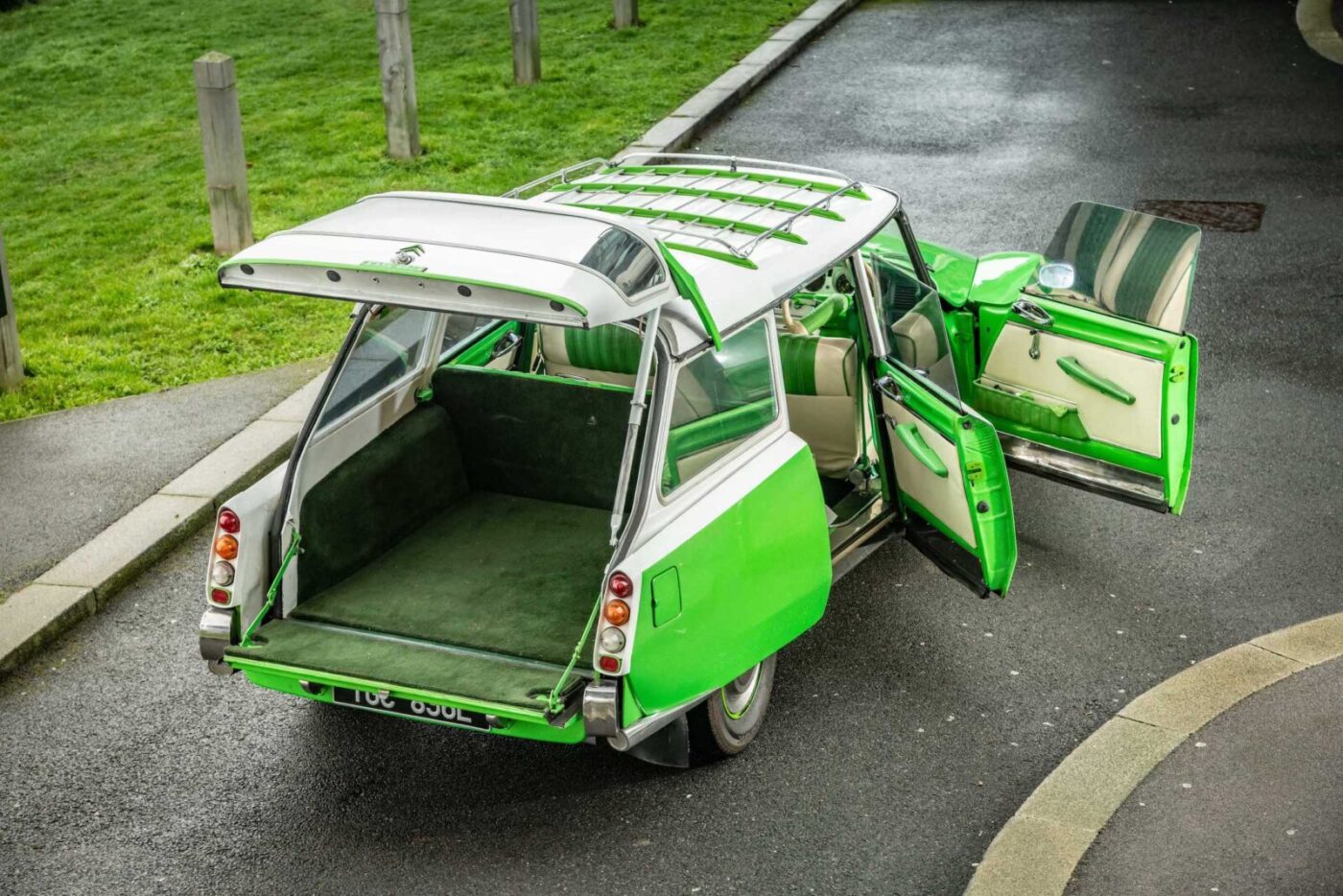
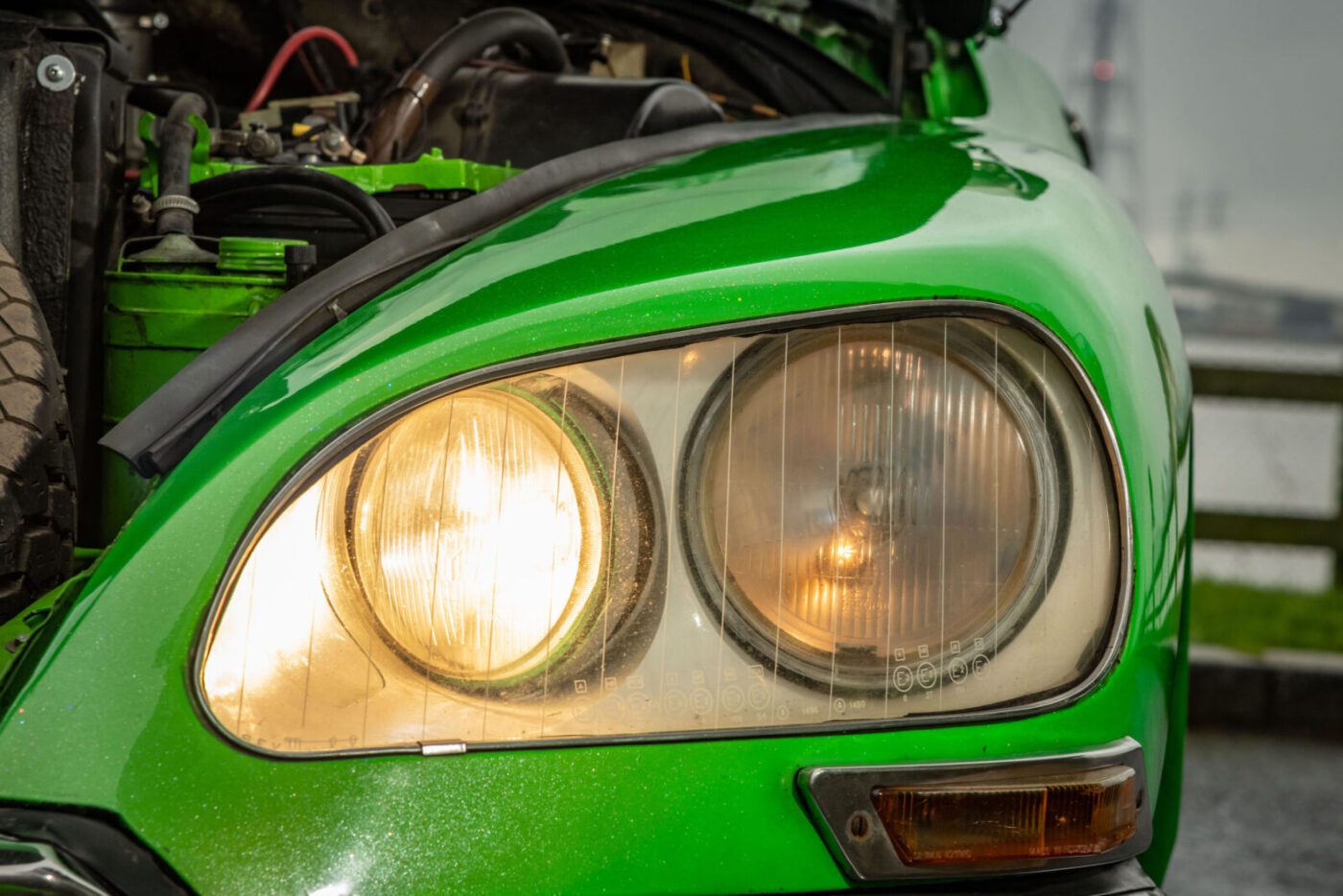
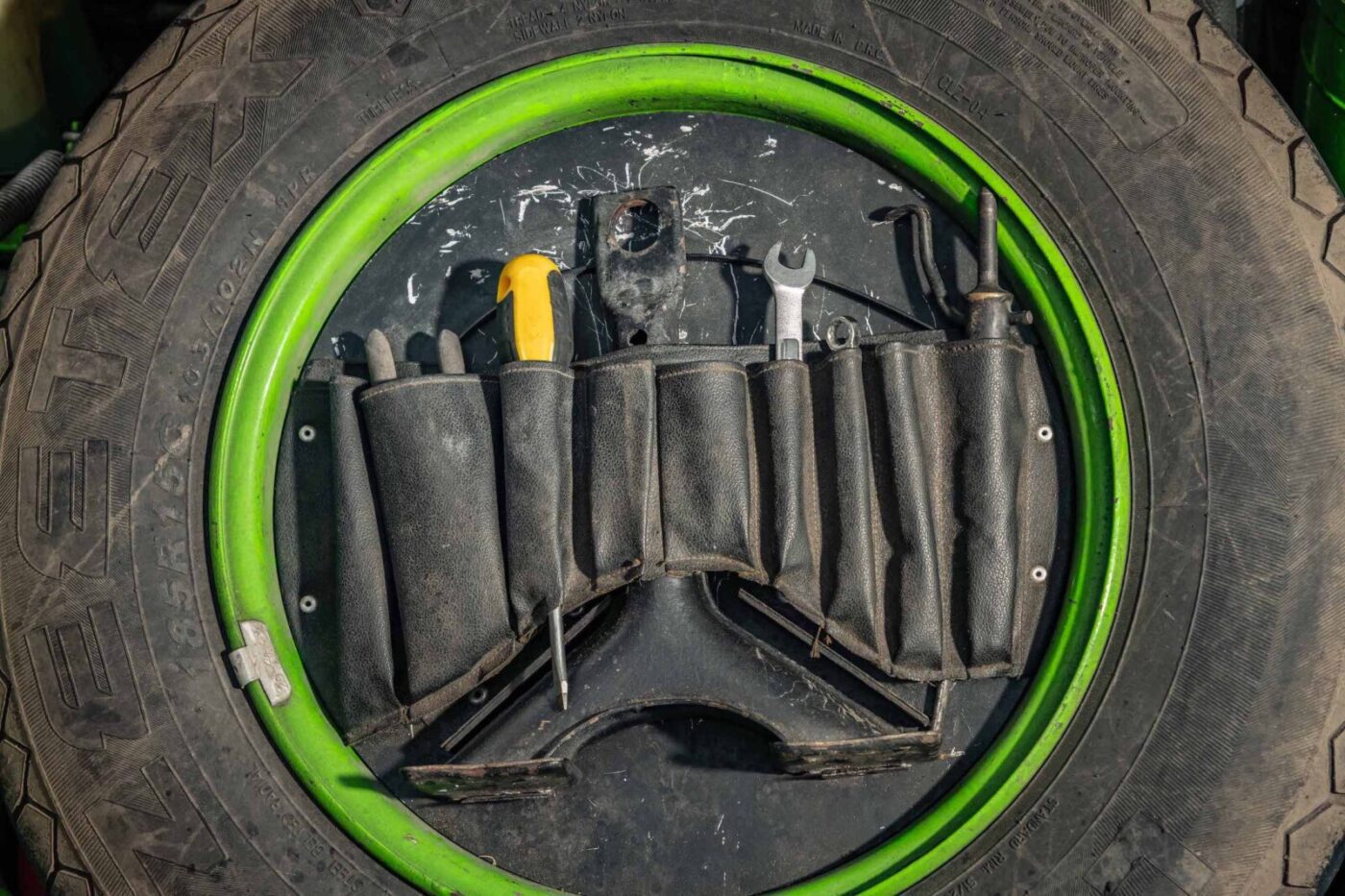
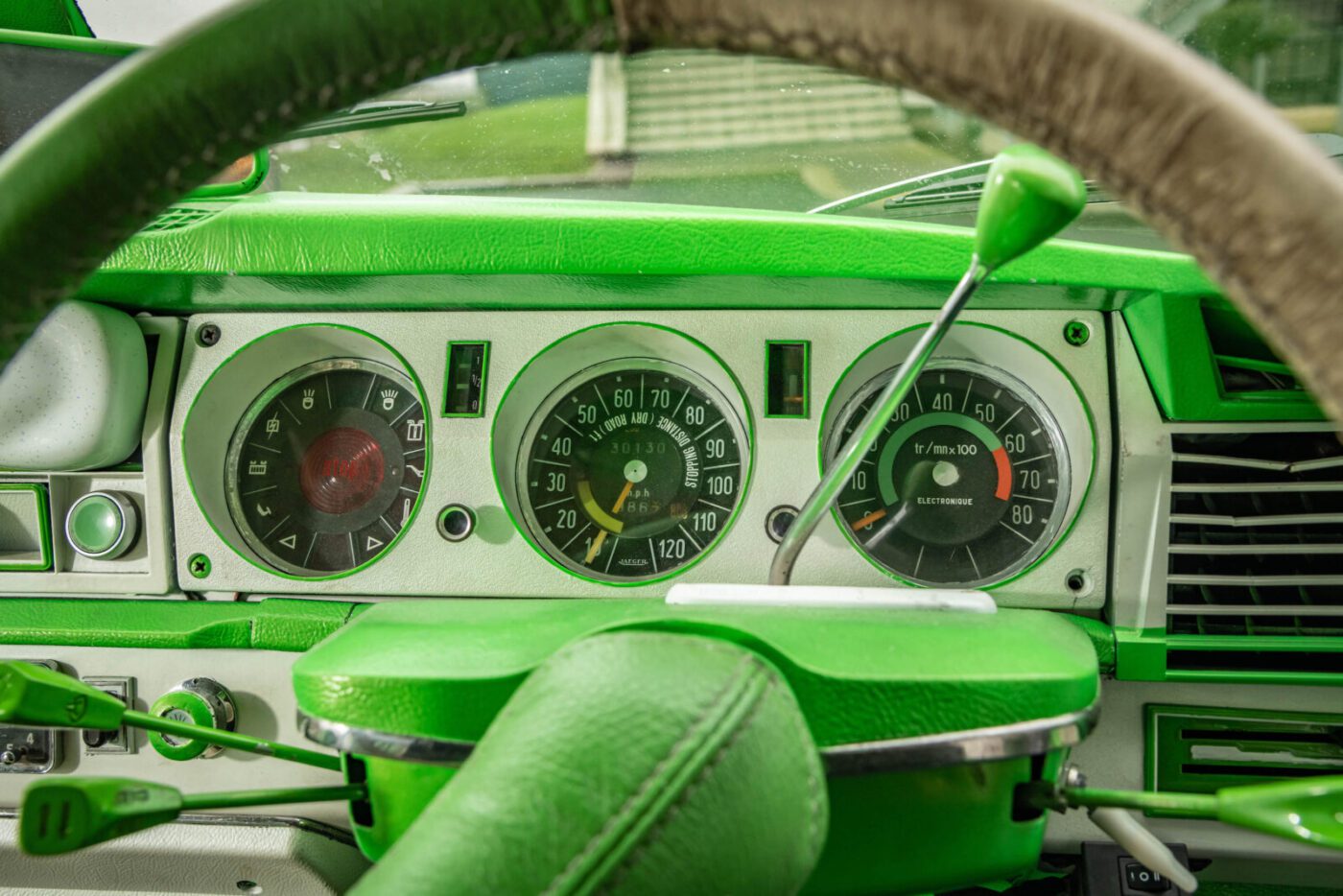
Start of a love affair
His love affair with the DS began in 1968, appropriately enough in France, when a 22-year-old Peter somewhat ambitiously set out to drive his parents and his brother down to Spain in a VW Beetle.
“It was a bit brave, 1,200 miles each way,” he says. “We broke down in France when the fan pulley came apart and we had no air cooling.
“So we hitched a ride to the local village and explained to them what had happened in broken French, and they agreed to get a breakdown truck to us.
“We got a lift back to the car in a DS Safari and I just thought ‘I’ve got to have one of these when we get back’.
“It was the smoothness of the ride, the hydraulic suspension really turned me on. We walked up to this car and it was on the ground, we sat in it and then the guy starts it up and it raises up. I thought ‘oh crumbs, we’re going to take off in a minute’.
81.5% of customers could get a cheaper quote over the phone
Protect your car with tailor-made classic car insurance, including agreed value cover and discounts for limited mileage and owners club discounts

Magic carpet ride
“To me, it was like a magic carpet ride.”
About four weeks after returning home, Peter, now 73, bought a 1963 DS19 for £600, the first and only time he’s ever paid for anything on finance.
“I’ve been hooked on them ever since,” he says, keeping that first car for three years and gradually absorbing himself in all things DS.
“I started going to a club, meeting people with DSs, and then I started working on them. I was working on them in my garage as a hobby and then it sort of progressed from there.
“I got into buying DSs for myself, doing them up and selling them on as a restored vehicle.”
After initially working in a crash repair garage, Peter got a job helping to build a new power station.
“It was very interesting because I was a general labourer and I did all sorts of things on the chimney, which they blew up last year!” he says.
When the power station was complete, Peter returned to crash repair, specialising in paint spraying.
“I soon realised that it was better for me to do the cars on my own rather than working for somebody else,” he says, focusing almost exclusively on DSs, both for customers and restoring and selling his own.
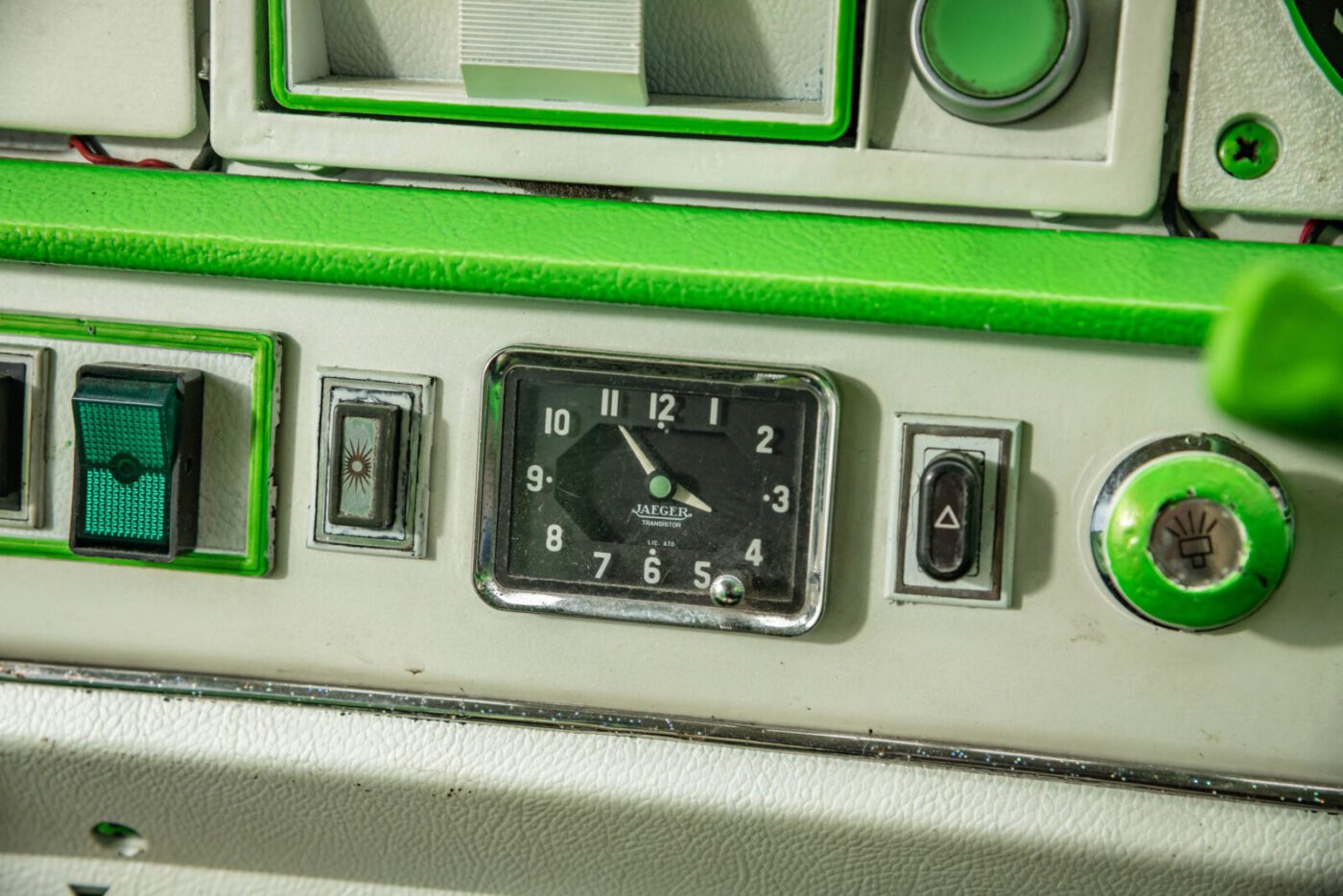
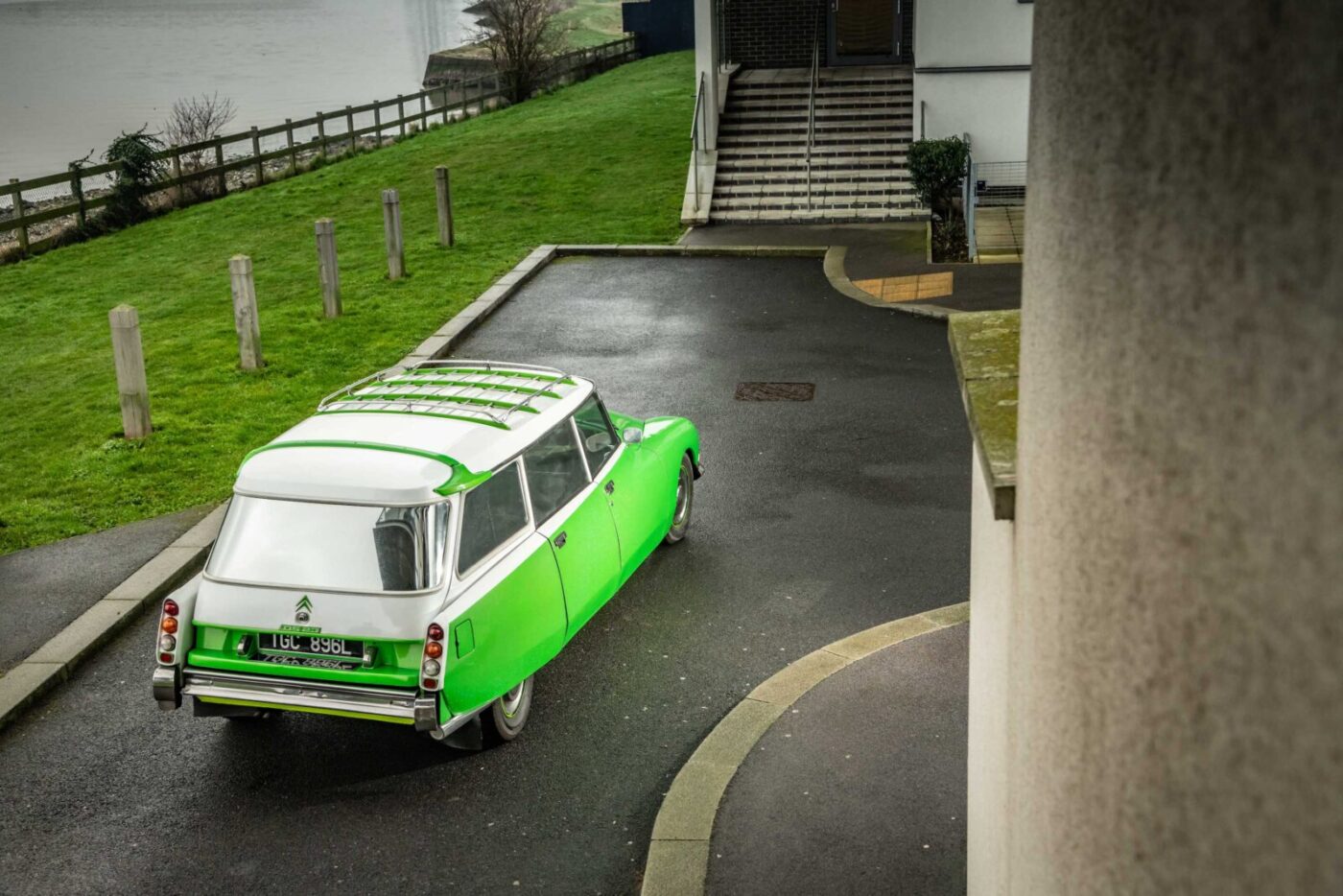
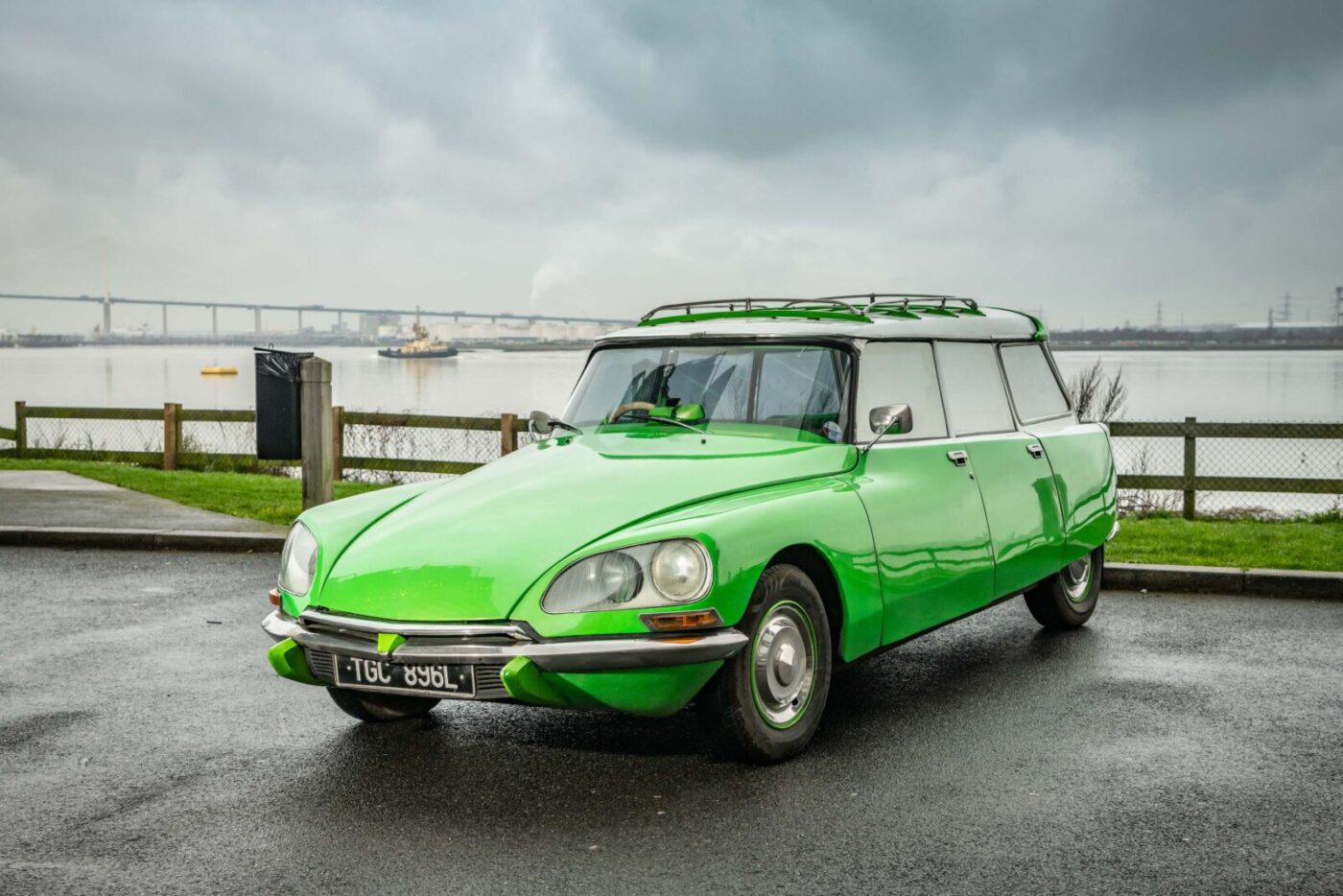
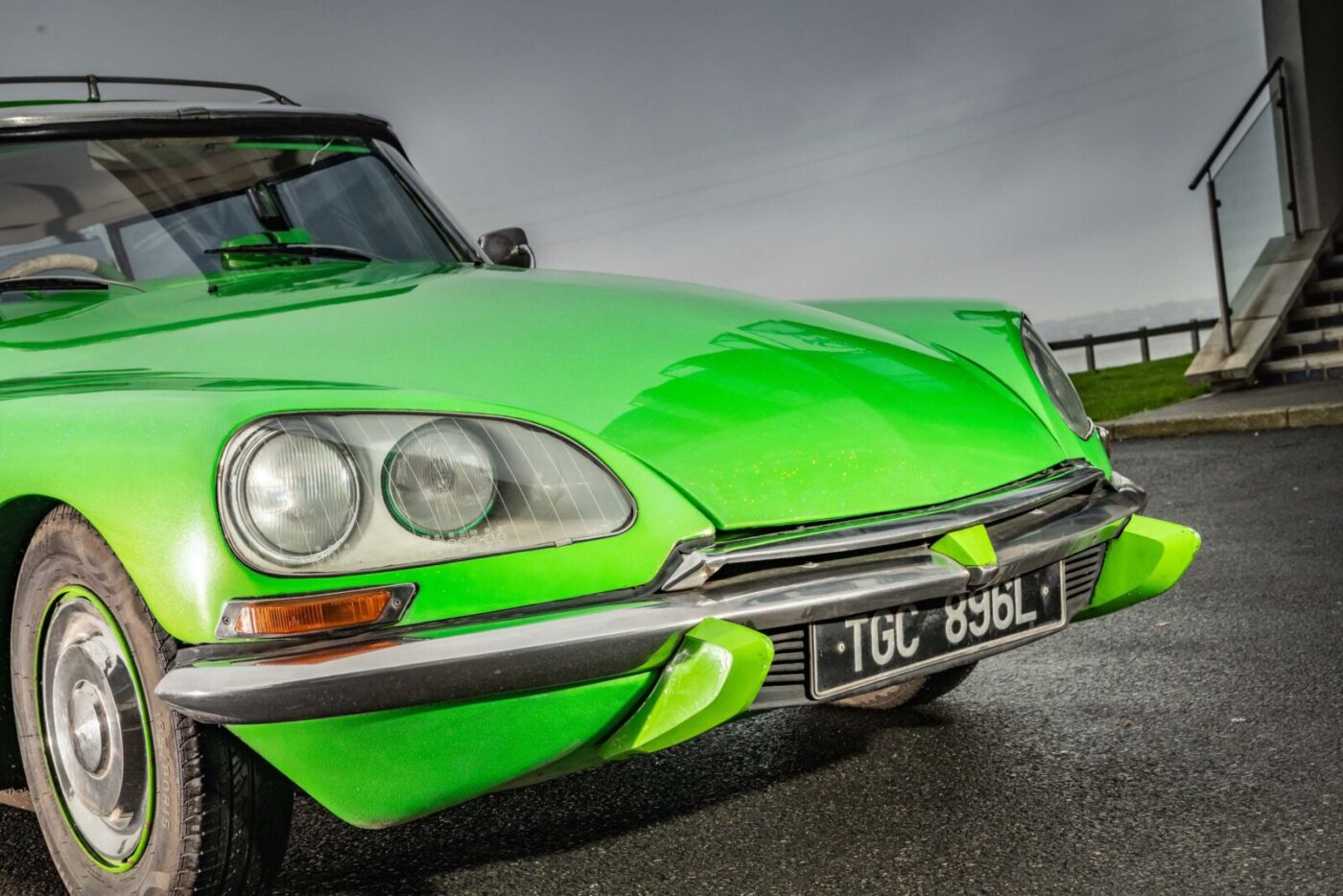
Knock down price
Peter had already owned seven or eight DSs when he paid just £150 for the Safari that would go on to become his forever car.
“I was working with a garage, and the customer couldn’t pay the bill so it got offered to me at a knock down price,” he says.
“It needed a new starter motor, which is quite a big job on one of those, but otherwise it was in reasonable condition, so I thought ‘yeah, I’ll have it’. it was more or less a free car. I repaired it and just carried on using it while doing others up.
“Over the years, it’s been beneficial for me to keep that one because I know what it’s like and I do it up as I go along. Better the devil you know, eh?
“As long as I can keep doing bits of maintenance on it, it will keep going.”
As well as a daily driver, the DS was used for family holidays all over the country, and proved its load-lugging abilities on a trip to Glastonbury with a friend whose camper van broke down en route.
“He had to leave his camper on the motorway, and transfer all his stuff, him, his son and his friend, plus this 18ft teepee from his roof to mine,” he says.
“My car was absolutely chock a block with camping gear. The car has a roof rack as standard, which was very handy.
READ MORE ABOUT SOME OF OUR GREATEST CLASSIC CARS WITH

A series of articles on our Cult Classics site.
Monsoon rain
“We got to Glastonbury where there was monsoon rain and a foot of mud everywhere. It was pretty frightening really.”
At another music festival, the car was used as a makeshift camper itself, Peter and his brother-in-law sleeping on the carpet in the boot for the duration, a “reasonably comfortable” experience.
With its cavernous boot, the Safari was the natural choice for trips to its native France to source spare parts, and cars to import.
“It’s been over several times,” says Peter. “I had a friend, a Frenchman who bought DSs over there and brought them back to sell on.
“On one trip, when I had it in dark green with metal flake, we were going to a Citroën rally and I was mobbed by people looking at the car.
“We were going from the outskirts of Paris to the Eiffel Tower and there were 1,500 of us in DSs, and they let us off in blocks of 50.
“I was at the beginning of a block of 50 and getting right near the Peripherique, and there were crowds of people just looking at the cars going by.
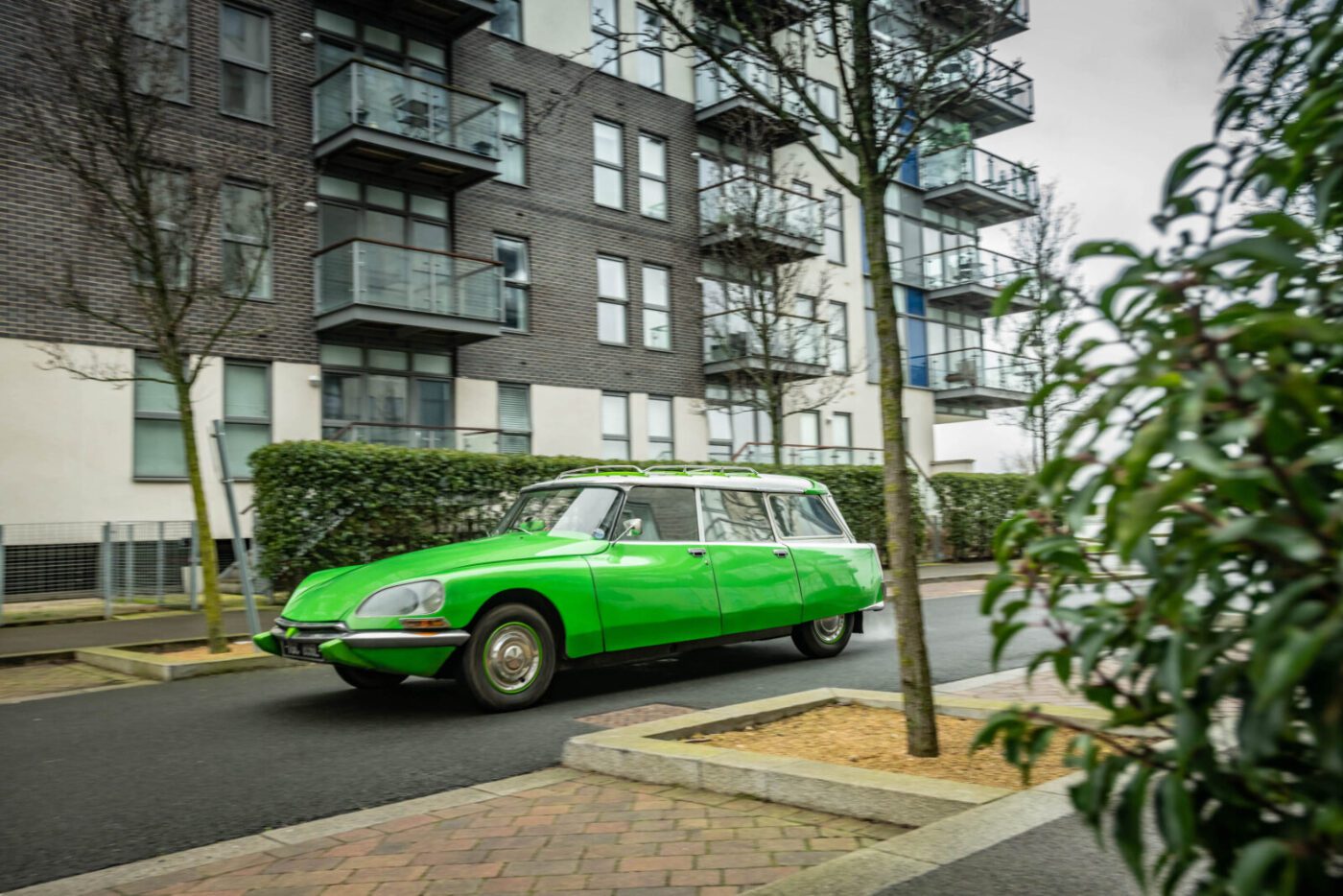
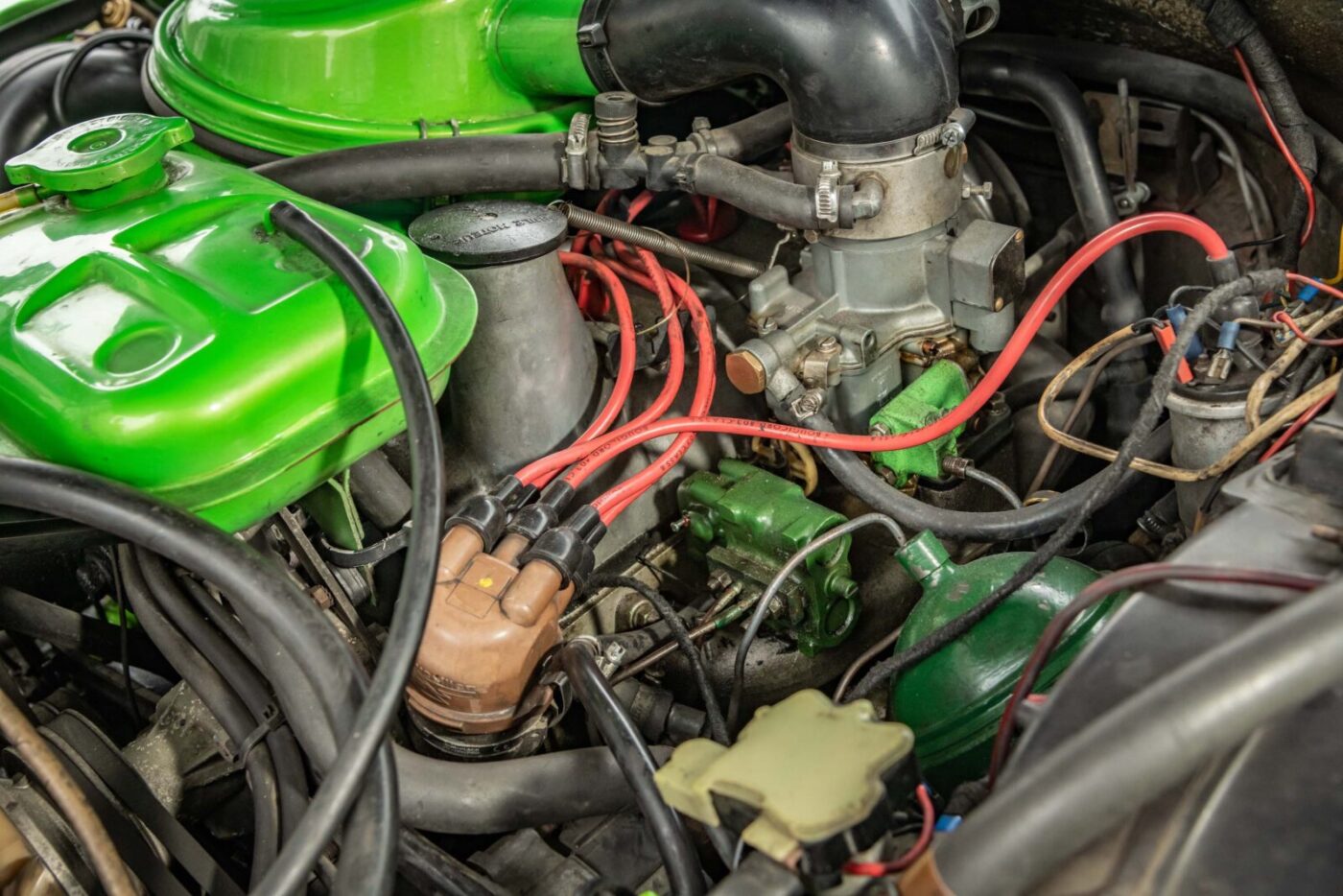
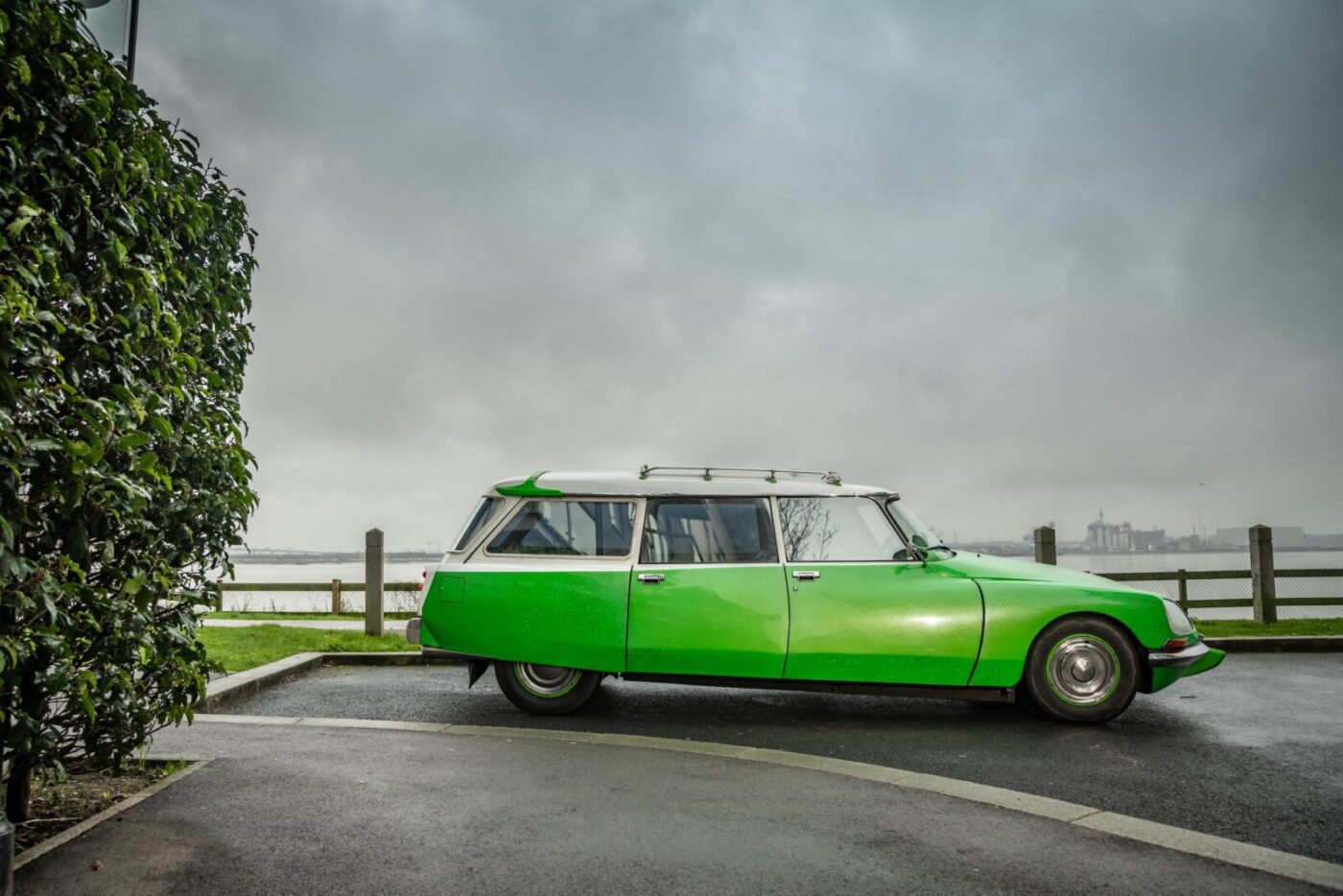
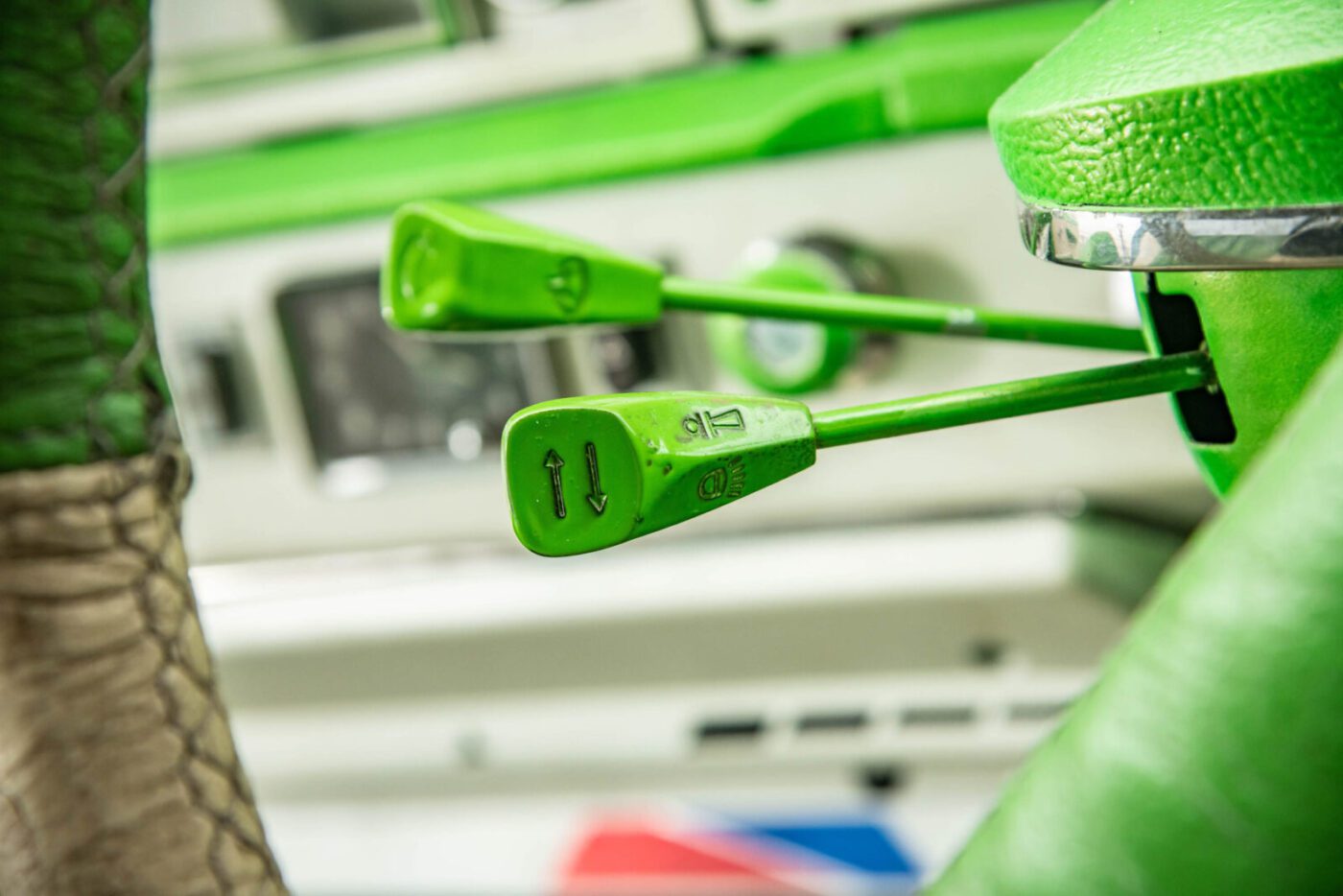
“They loved it because of the paintwork”
“They actually stopped all the cars and were taking photos – they really loved it because of the paintwork.”
The car nearly met an untimely end in the mid-1990s, when joyriders smashed a stolen car into the back, resulting in a Category C, the least serious, insurance write-off.
Peter had gone to visit his mother, and parked the car at the foot of a steep hill near some common ground.
“Some kids had nicked a car and ditched it over there – I saw it there when I pulled up on a Sunday afternoon,” he remembers. “Just after dinner I heard a big bang, and I thought ‘oh no, I hope it’s not what I think it is’, so I looked over the balcony, and it was.
“They’d got in the car, drove it up to the top of the hill and piled into the back of my car, lifting it up and pushing it on to the pavement.
“I went down and had a look and could see it was a write off because it had pushed the offside rear forward and all the panels wouldn’t open.”
Written off because of the cost of repairs, rather than safety reasons, Peter refused to give up on the car, bought the salvage from the insurance company and set about getting it back on the road.
“Sentimental reasons”
“I did it for sentimental reasons,” he says. “The children had grown up with it and liked the car. I wasn’t going to let it go just like that, and they were becoming rare, and I thought I could do the repairs.
“I straightened it all out – it’s not perfect, but it’s pretty good.”
Peter reckons he’s covered between 300,000 and 400,000 miles in the car on four engines, after the first three “more of less gave up the ghost”.
“The first one was chucking out loads of white smoke and losing power, and I wasn’t into changing engines myself at that stage, so I got the people I used to do work for put a second hand engine in for me,” he says.
“That lasted about five years, and then I got another one, and then another one. I thought ‘I’ll get this one repaired by the people down the road here, they seem to be pretty good.”
The people down the road were Pallas Auto of Gravesend, discovered after following a Safari spotted on the road back to their workshop.
“I had a chat with them, got to know them, and turns out I knew the mechanic 10 years before,” he says. “I do a little bit of work for them sometimes.”
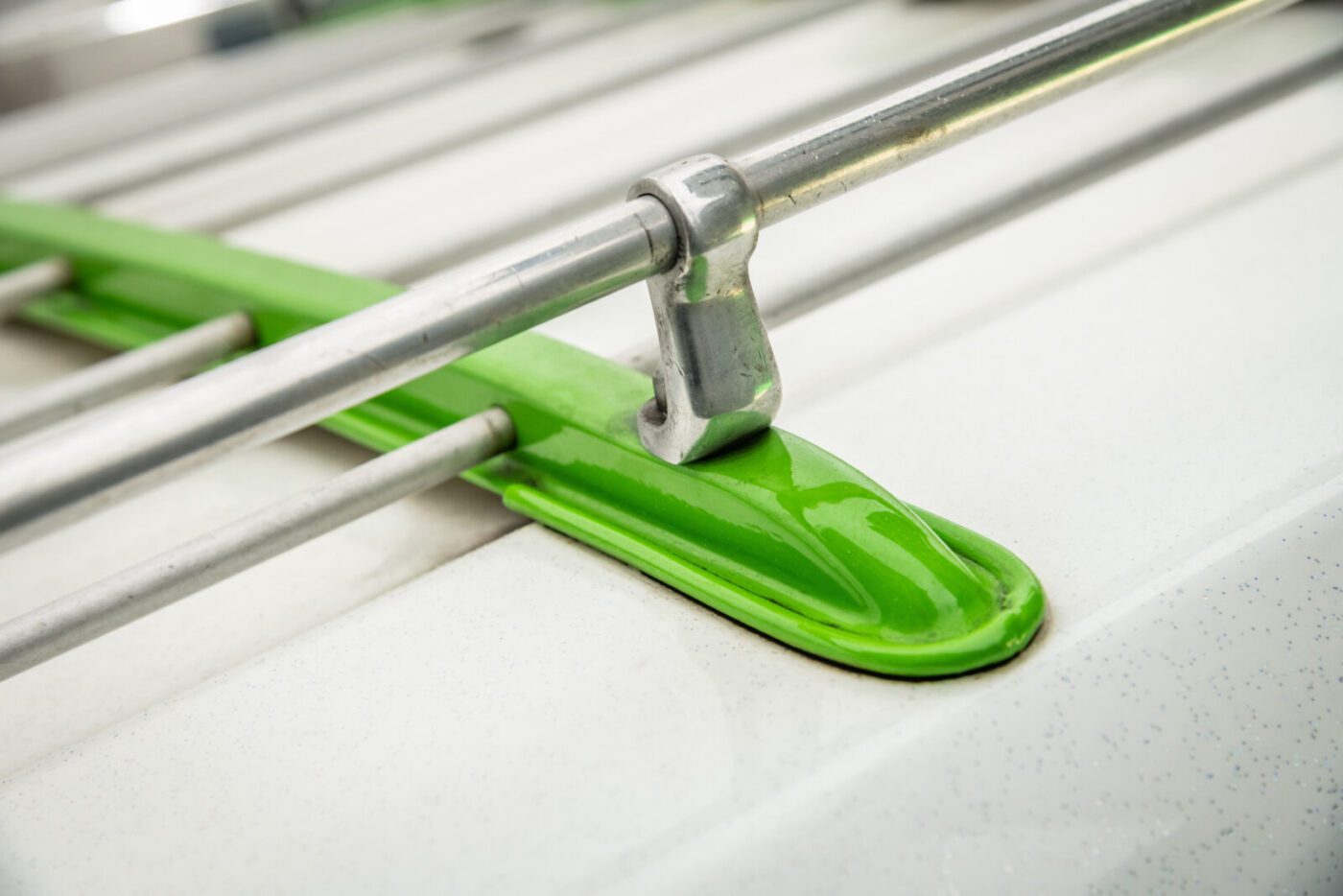
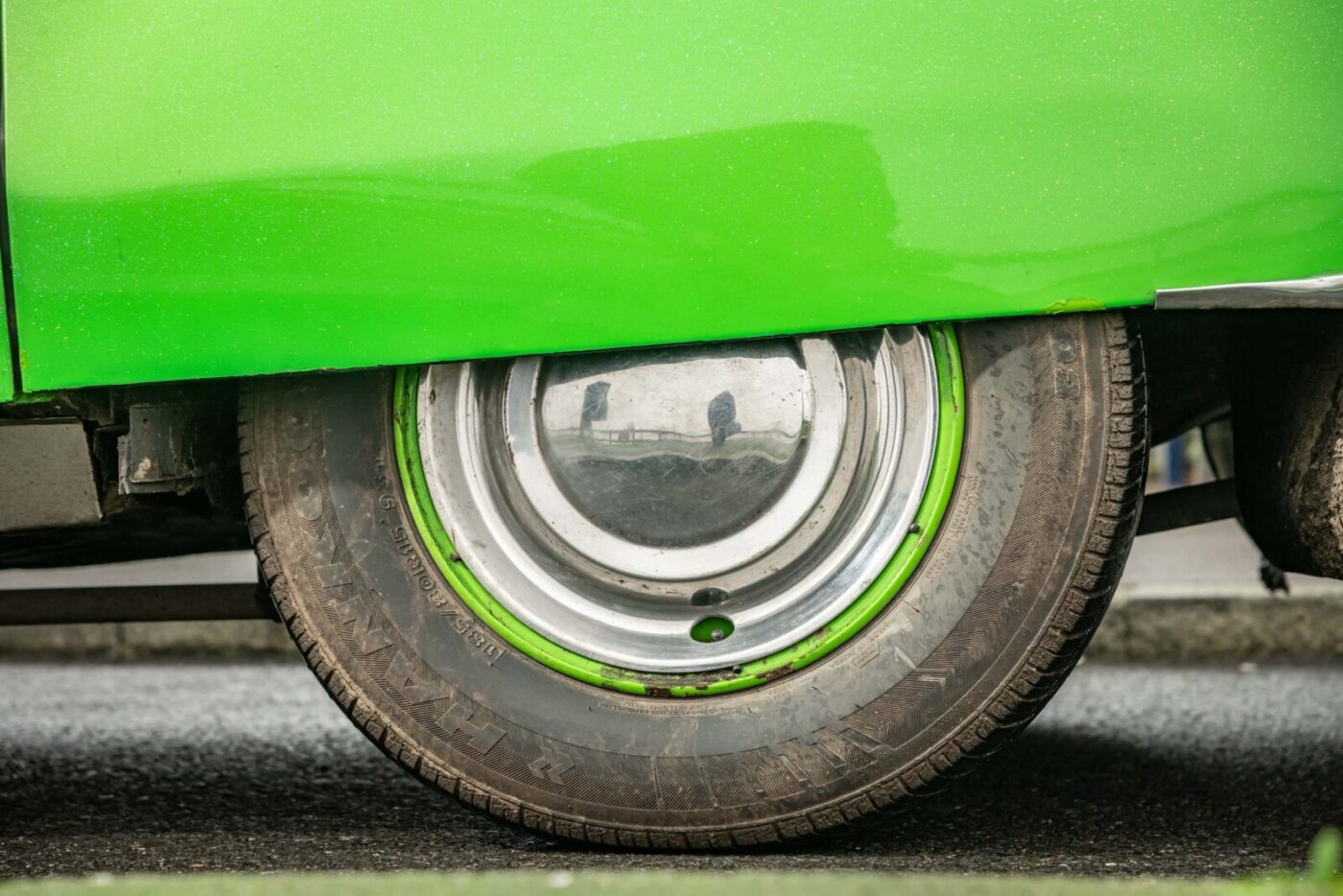
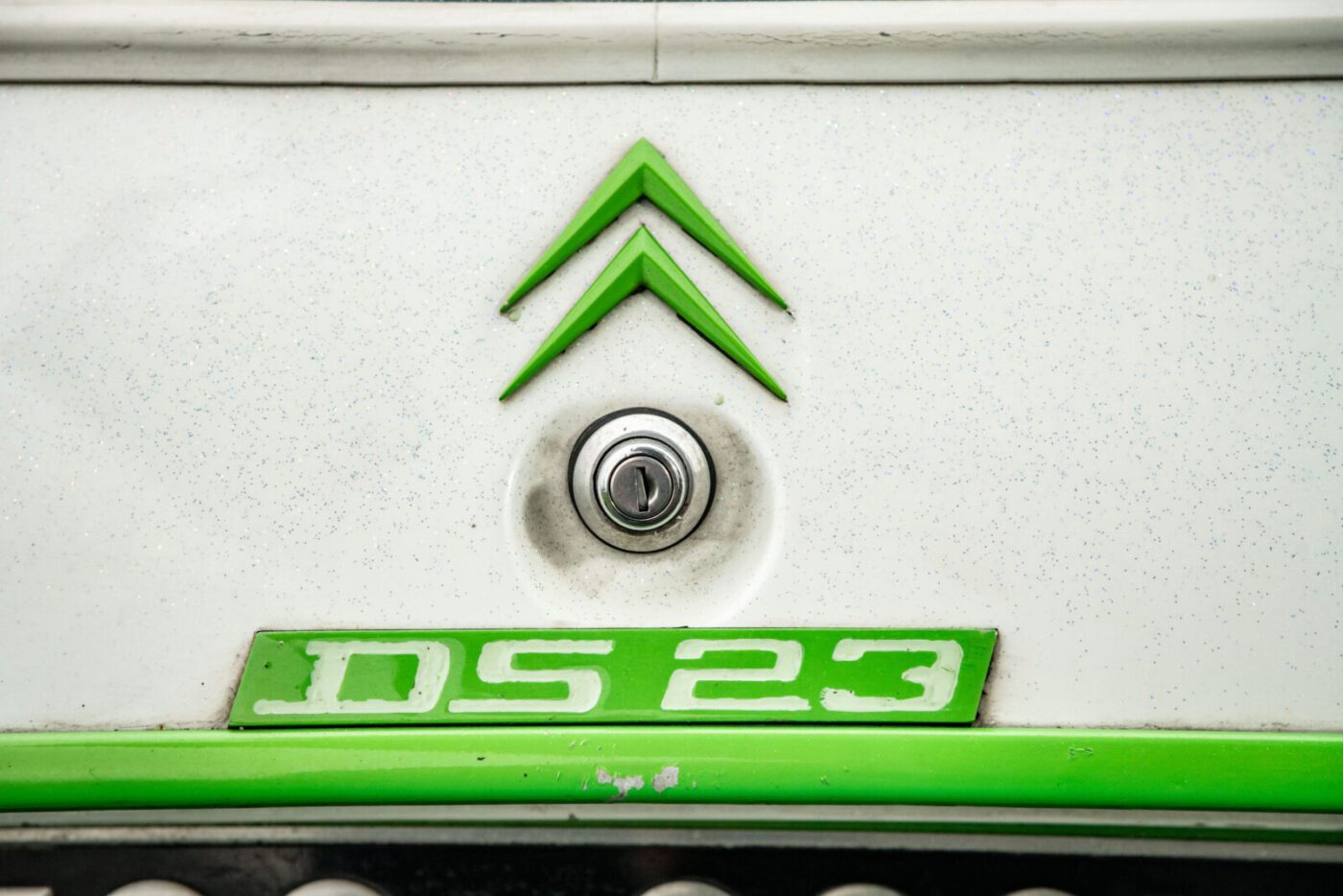
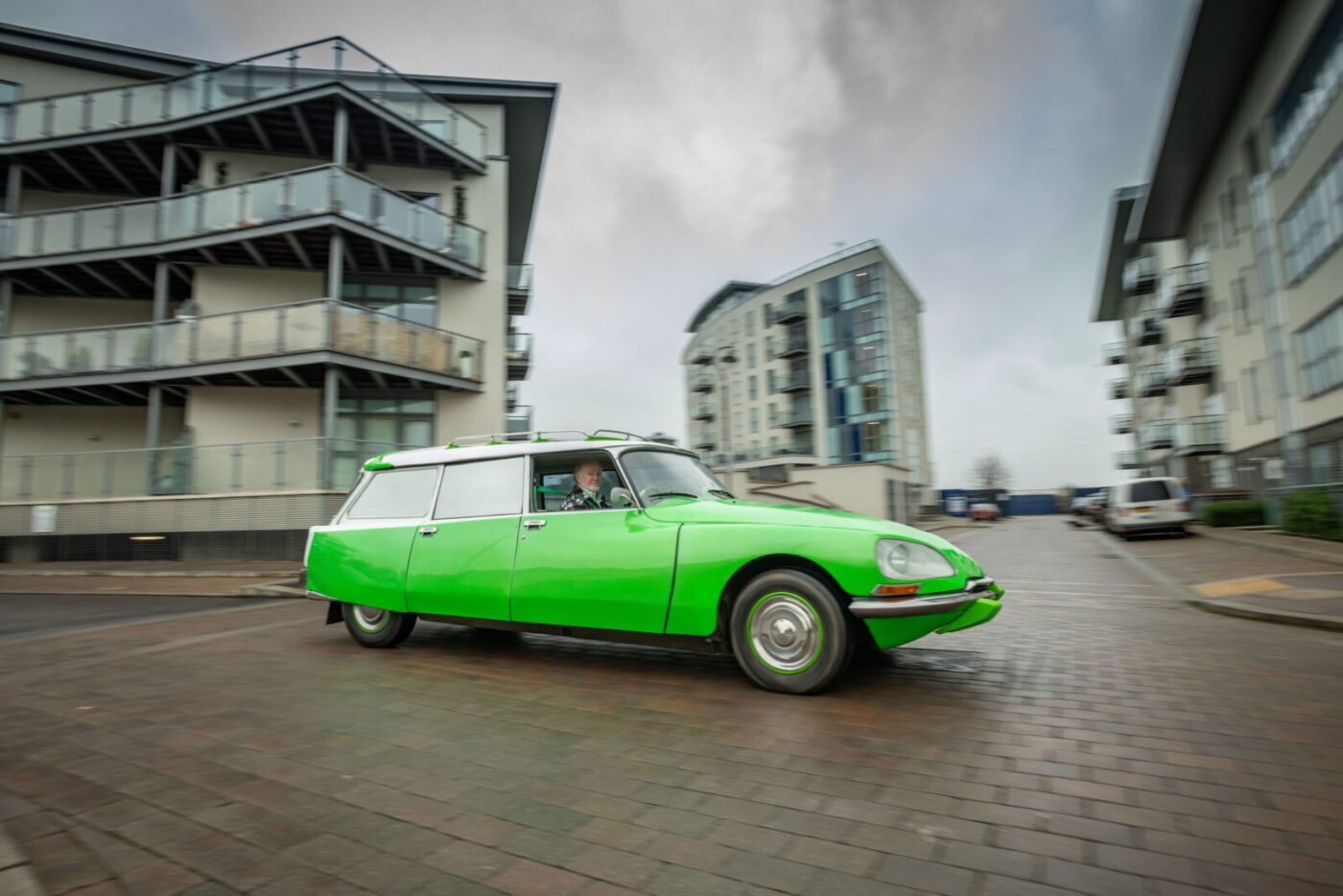
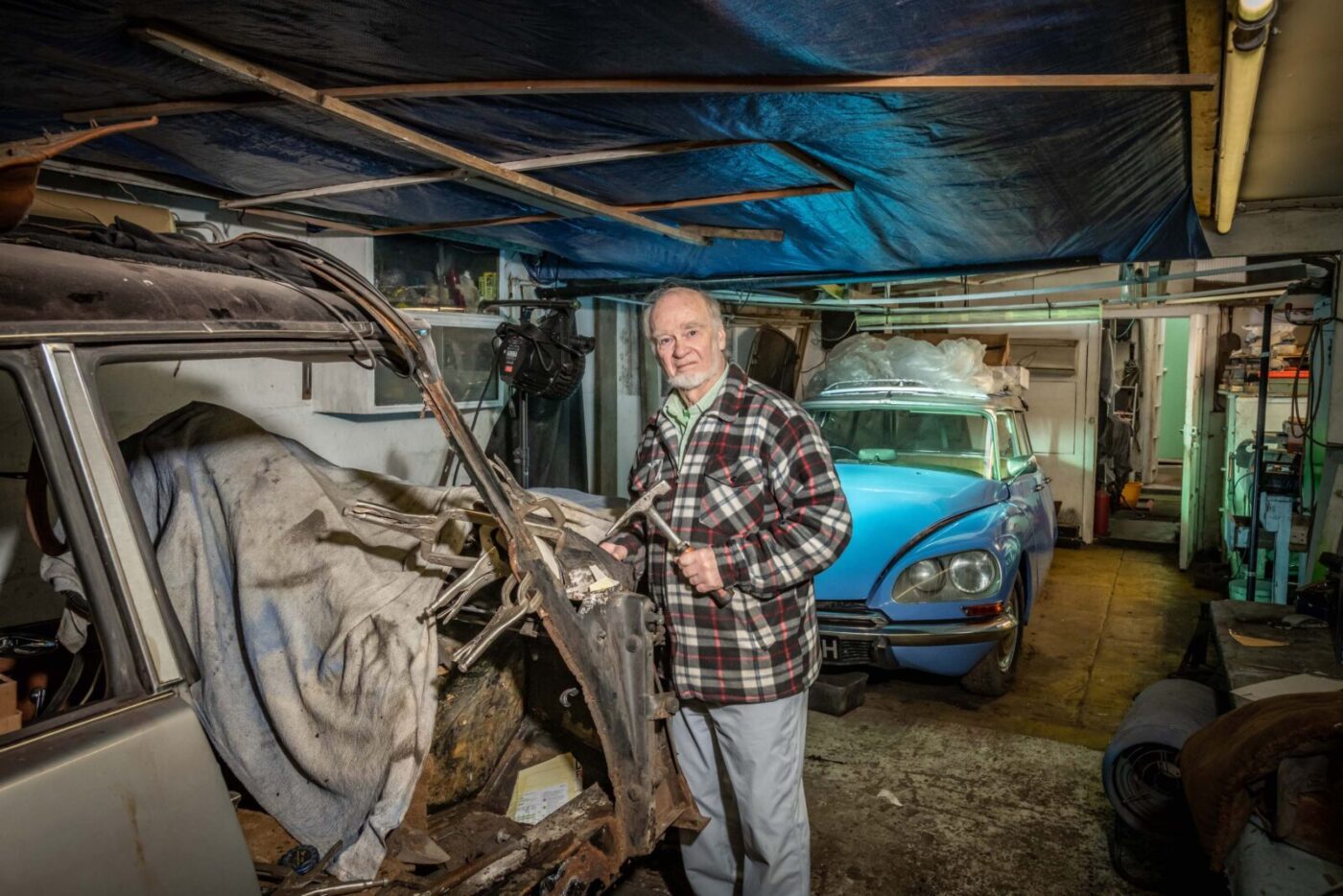
Futuristic but usable
Newer cars have never appealed to Peter, who is far happier driving around in the cars which took the motoring world by storm when they were launched in 1955.
“I hate all the electronic gadgets, the plastic bumpers and everything else,” he says. “The DS is futuristic but also usable; it’s not a spaceship, although it blew everyone’s minds when it first came out.
“It’s within the realms of a lot of people to buy. You can buy a Jaguar F-Pace for £35,000, but the value drops so quickly and in 10 years’ time it might not even be on the road.
“With a classic car, they’ve only gone up a lot in value, but you can play with it – it’s something interesting for me to do.”
Peter has never been interested in making big profits out of restoring the cars and selling them on.
Keeping classic Citroëns on the road
“It’s as much about keeping classic Citroëns on the road,” he adds.
One look at the frogeye DS21 shows just how much work is required to get some of these cars back in shape, with much welding still to be done.
“I saw that on the internet last November,” he says. “It was a bit rough and ready, but I knew what I was going to get into because I’ve had so many of them.
“I drove it home the 90 miles from Reading and started stripping it down the next day, and finding lots of nasty bits.”
Peter won’t commit to what colour he’ll paint it – it may depend on whether he opts to put it up for sale.
But you can be sure it will be put together meticulously by a man who has lived and breathed these glorious expressions of French style for more than five decades.

